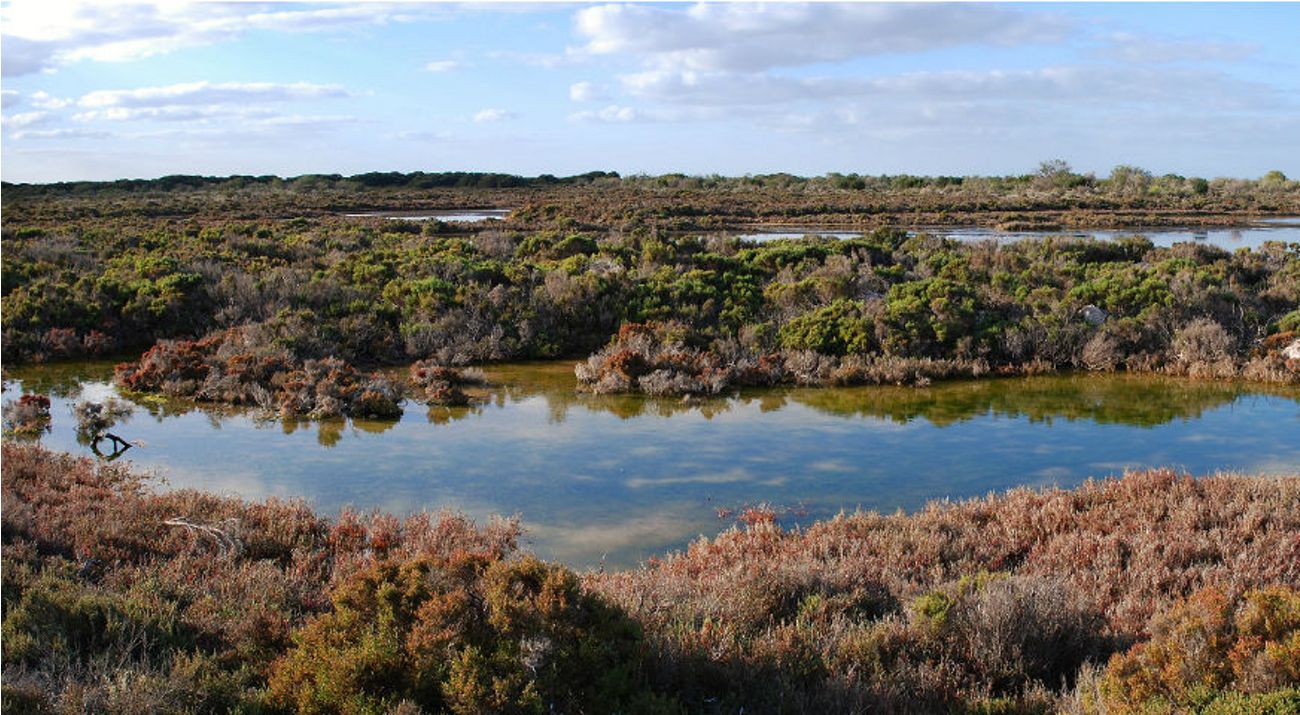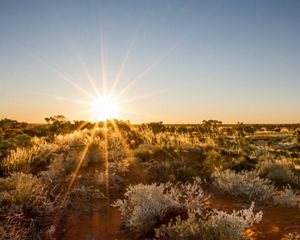The Blue Carbon Opportunity
Harnessing the powerful carbon capture abilities of coastal wetlands to fight climate change
Since the 2015 Paris Climate Agreement, there has been much international progress accelerating reduction of fossil fuels and renewable energy investments to fight climate change.
Natural climate solutions are important to fighting climate change
However, science shows that—combined with cutting fossil-fuel use and accelerating renewable energy solutions—natural climate solutions can help us avoid the worst impacts of climate change.
Natural climate solutions are actions to protect, better manage and restore nature in order to reduce greenhouse gas emissions and store carbon. These solutions include practices like improving forest management to increase the carbon stored in trees; and restoring coastal wetlands to sequester carbon in submerged soil and coastal plants.
Carbon captured from the atmosphere in trees, plants and soils, is known as carbon sequestration. It’s a natural climate solution that can help in the battle to fight climate change.

What is blue carbon?
When considering natural climate solutions, forest carbon sequestration has attracted most of the attention over recent years.
Many of us think of rainforests as the earth’s green lungs. They’re seen as the heroes of carbon sequestration due to their ability to remove carbon dioxide from the atmosphere and store it in the dense vegetation and soils.
But did you know that marine ecosystems like coastal wetlands are much more successful at storing carbon?
Coastal wetlands which include mangrove forests, saltmarshes and seagrass meadows are one of the most powerful natural climate solutions.
Coastal wetlands sequester billions of tons of carbon from our atmosphere at concentrations up to four times greater than forests and grasslands. This type of carbon sequestration is known as ‘blue carbon’ because it takes place in marine ecosystems.
Wetlands draw in carbon and transfer much of it from their roots into the surrounding soils. They are also a continuous carbon sink: layers of soil accumulate, enabling new plants to grow above.
If undisturbed, this stored carbon can remain in the soil for thousands of years, making coastal wetlands one of our longest-term climate mitigation solutions.
Why is blue carbon important?
Blue carbon has the ‘edge’ over other forms of carbon sequestration because coastal wetlands can accumulate carbon in the plants themselves as well as trapping carbon from the surrounding environment.
Both forms of carbon get trapped in the soils with the saltwater which prevents the carbon from being broken down by bacteria. Coastal wetlands work just like a natural ‘carbon filter’. They prevent carbon from washing out to sea and amplify the rate of carbon sequestration.
The benefits aren’t limited to blue carbon capabilities. Mangroves, saltmarshes and seagrasses are mighty in many other ways too. They filter water, provide nursery habitat for juvenile fish and crabs, feeding areas for shorebirds and can protect coastal communities and homes from flooding.
Sadly, coastal wetlands around the world are under pressure. They’re often filled in to create more space for urban development and infrastructure, or cleared to make salt fields and agricultural land. When coastal wetlands are drained or filled for development, their ability to store blue carbon is compromised.
TNC is at the forefront of blue carbon
The Nature Conservancy is at the forefront of blue carbon in Australia. Over the last few years we helped develop the science behind blue carbon through our Mapping Ocean Wealth project.
We continue to word hard to form unique and successful partnerships to create and deliver blue carbon opportunities. Read more about the work taking place:




